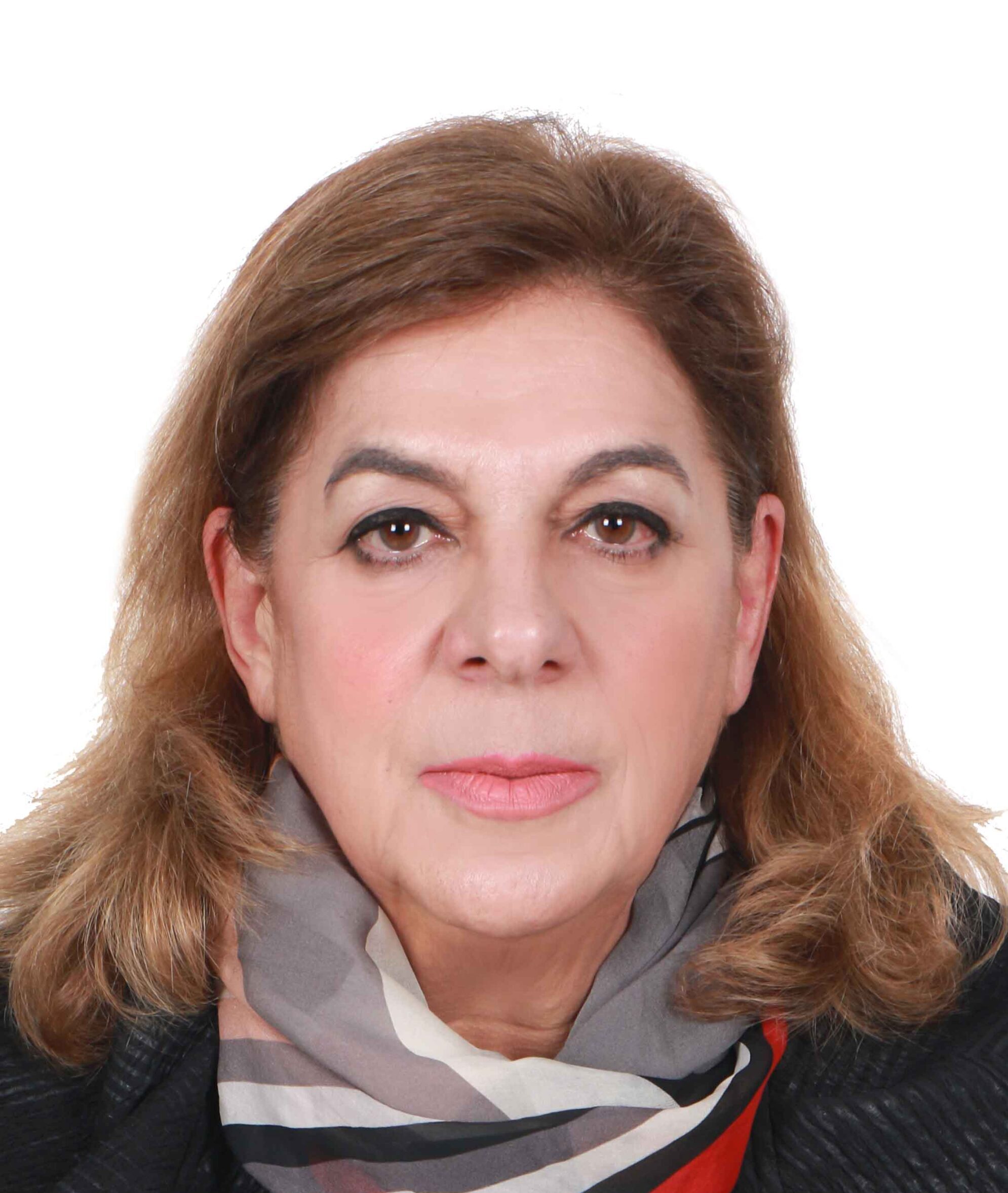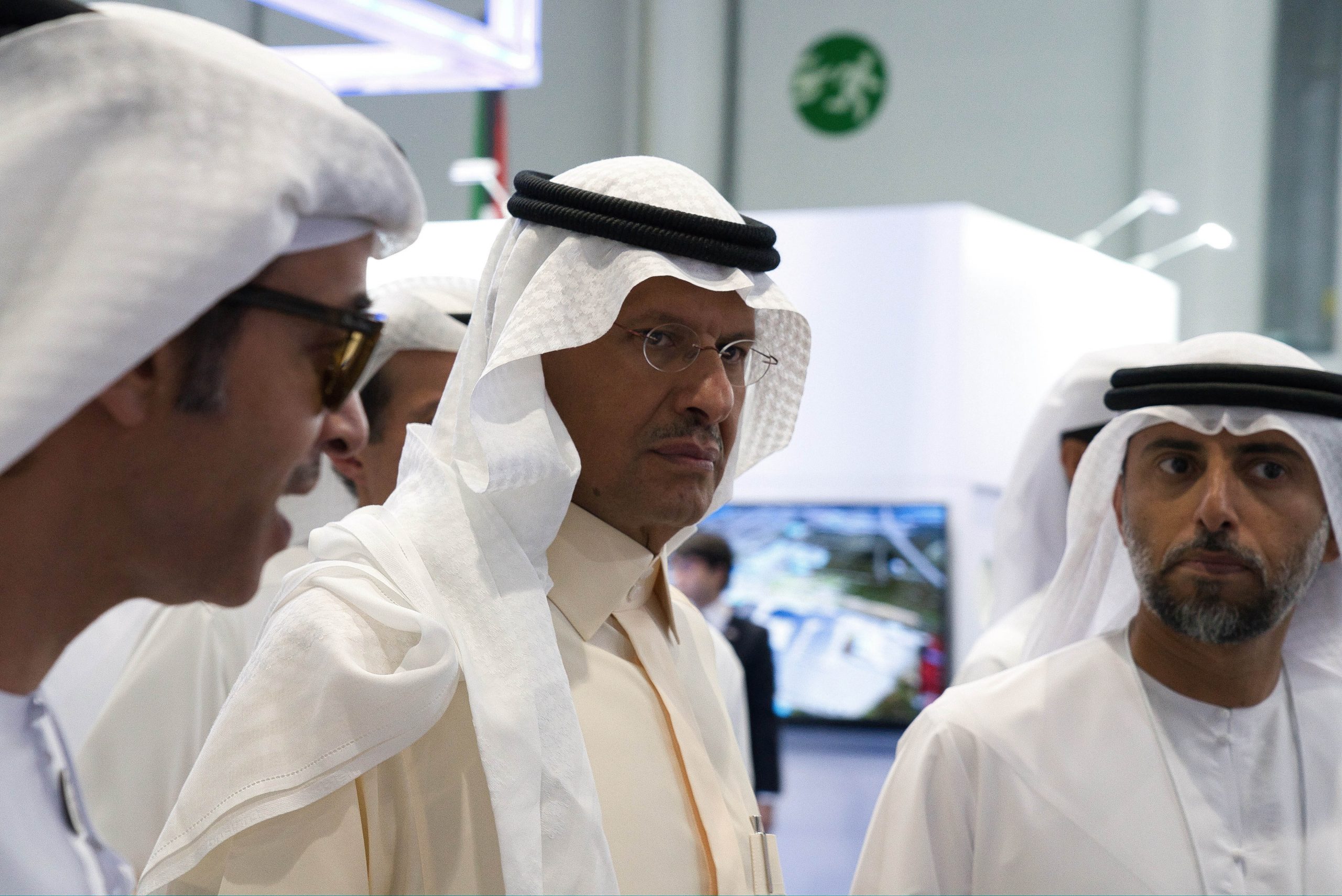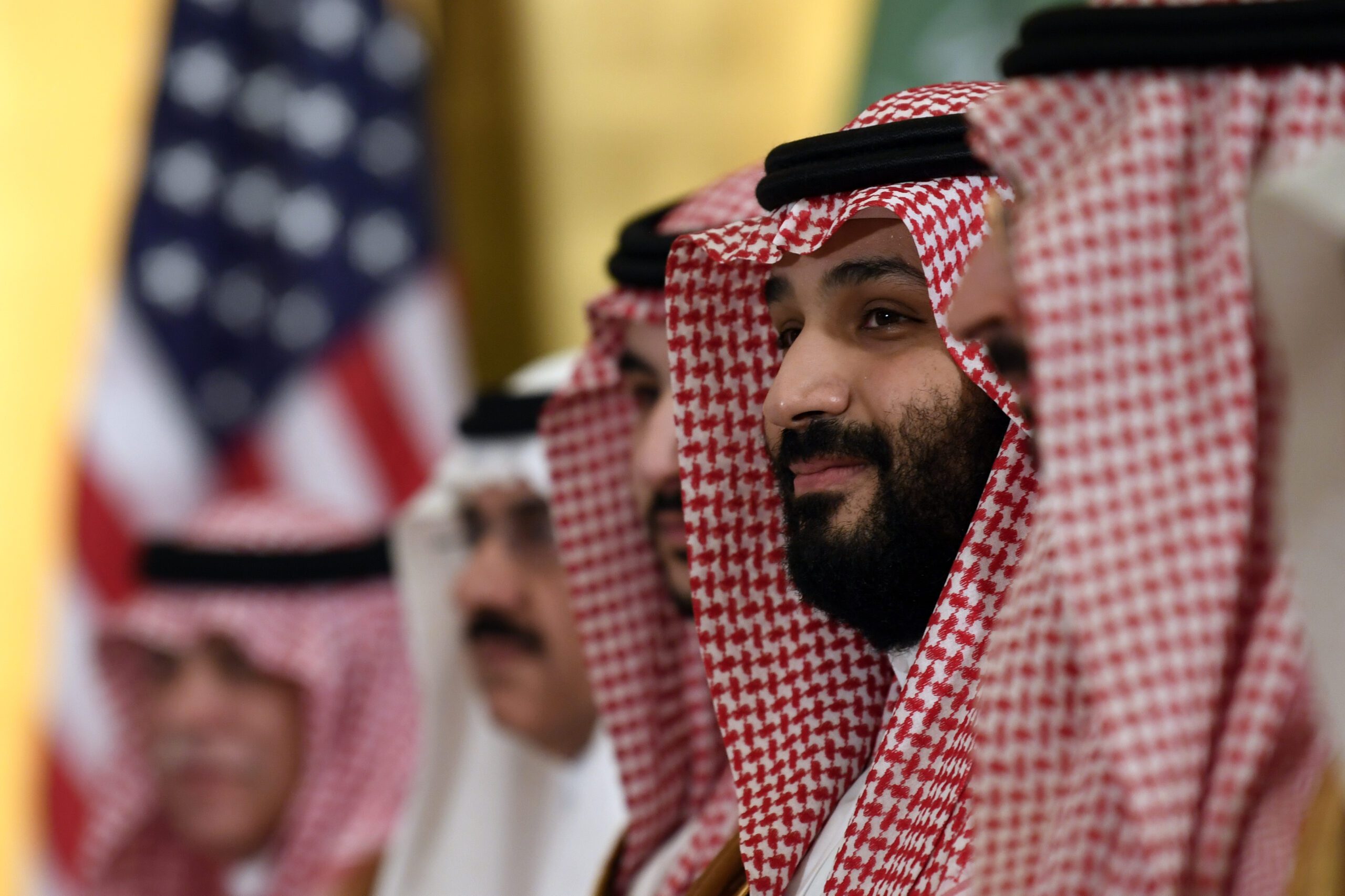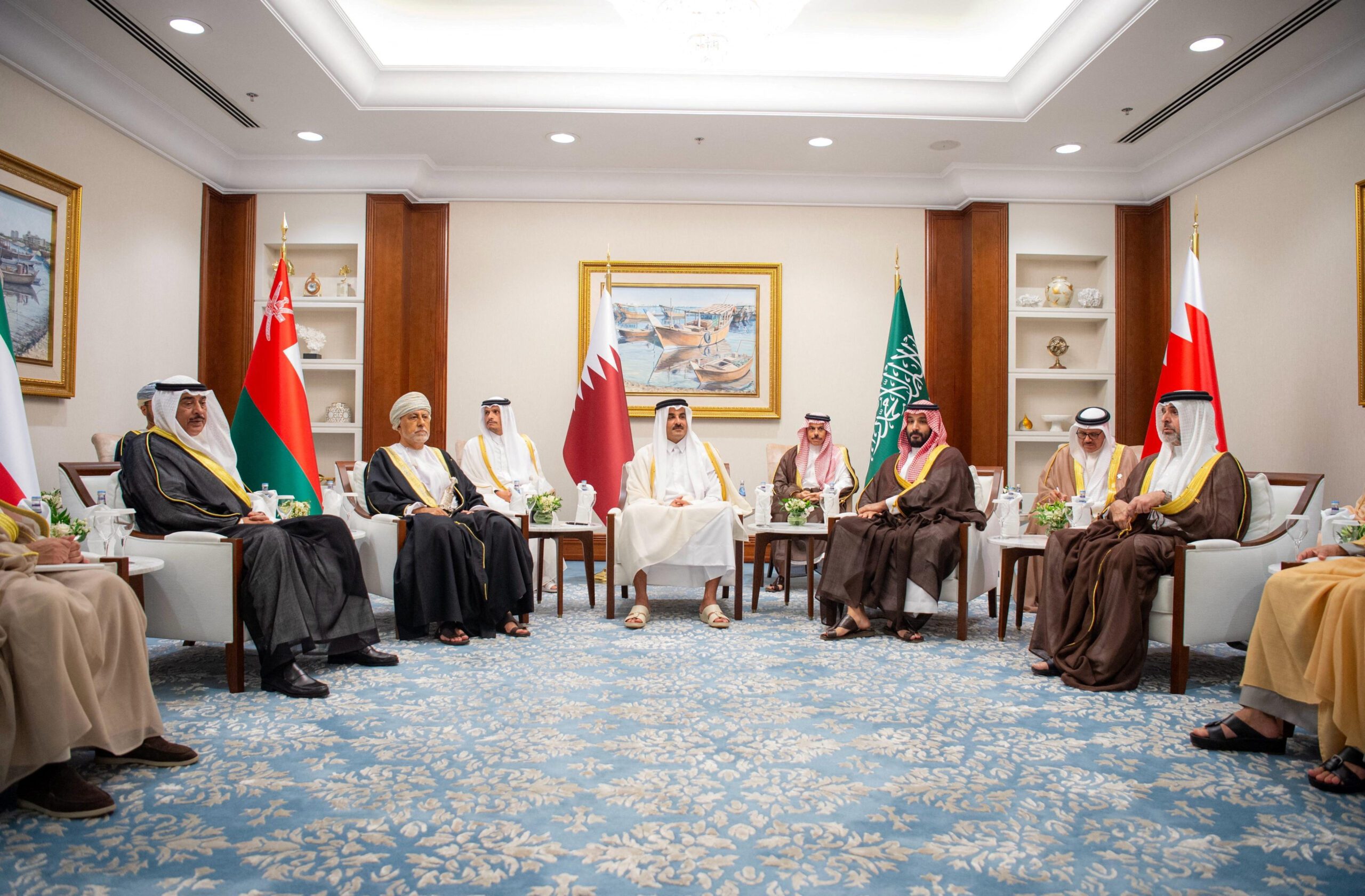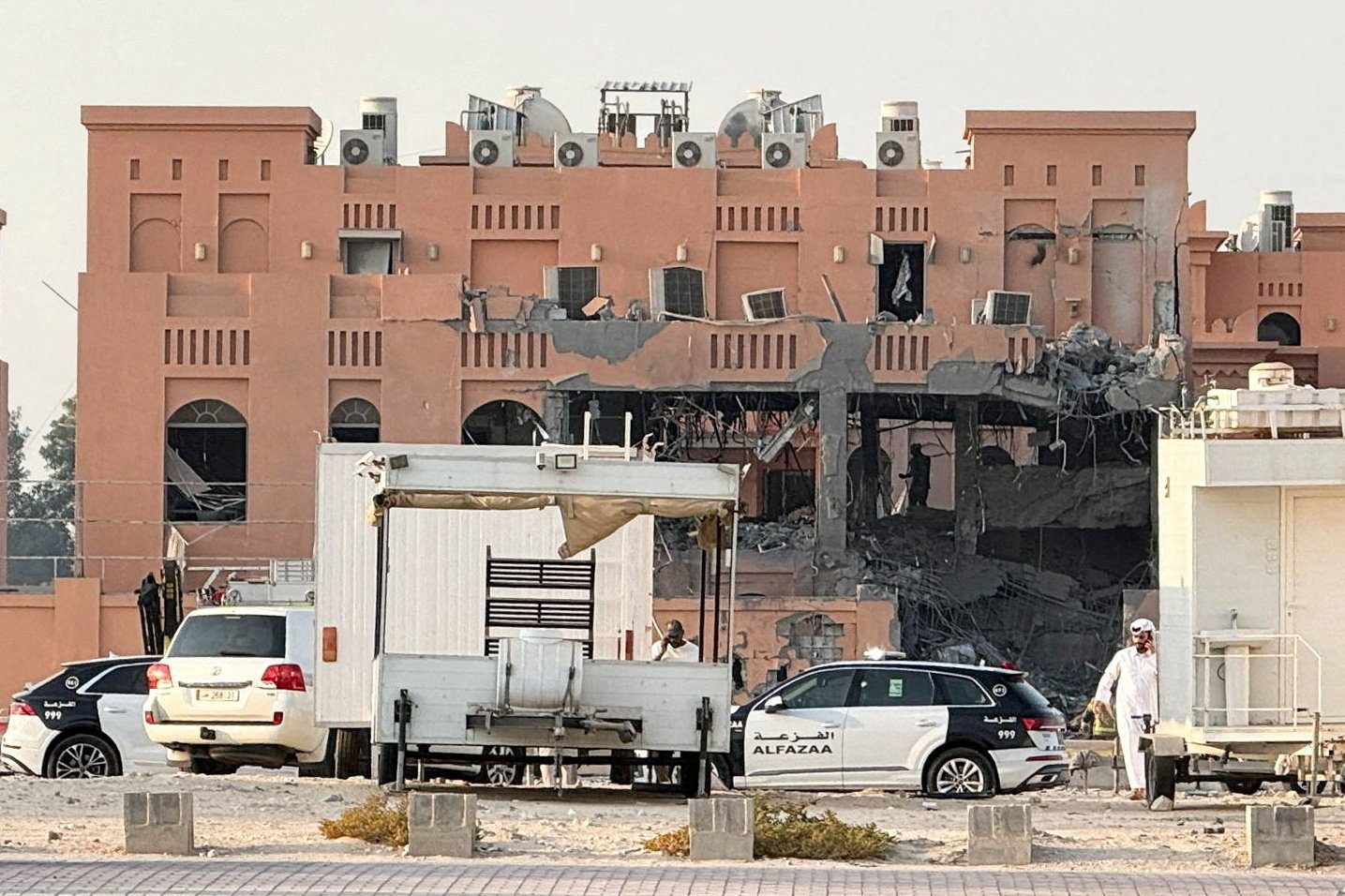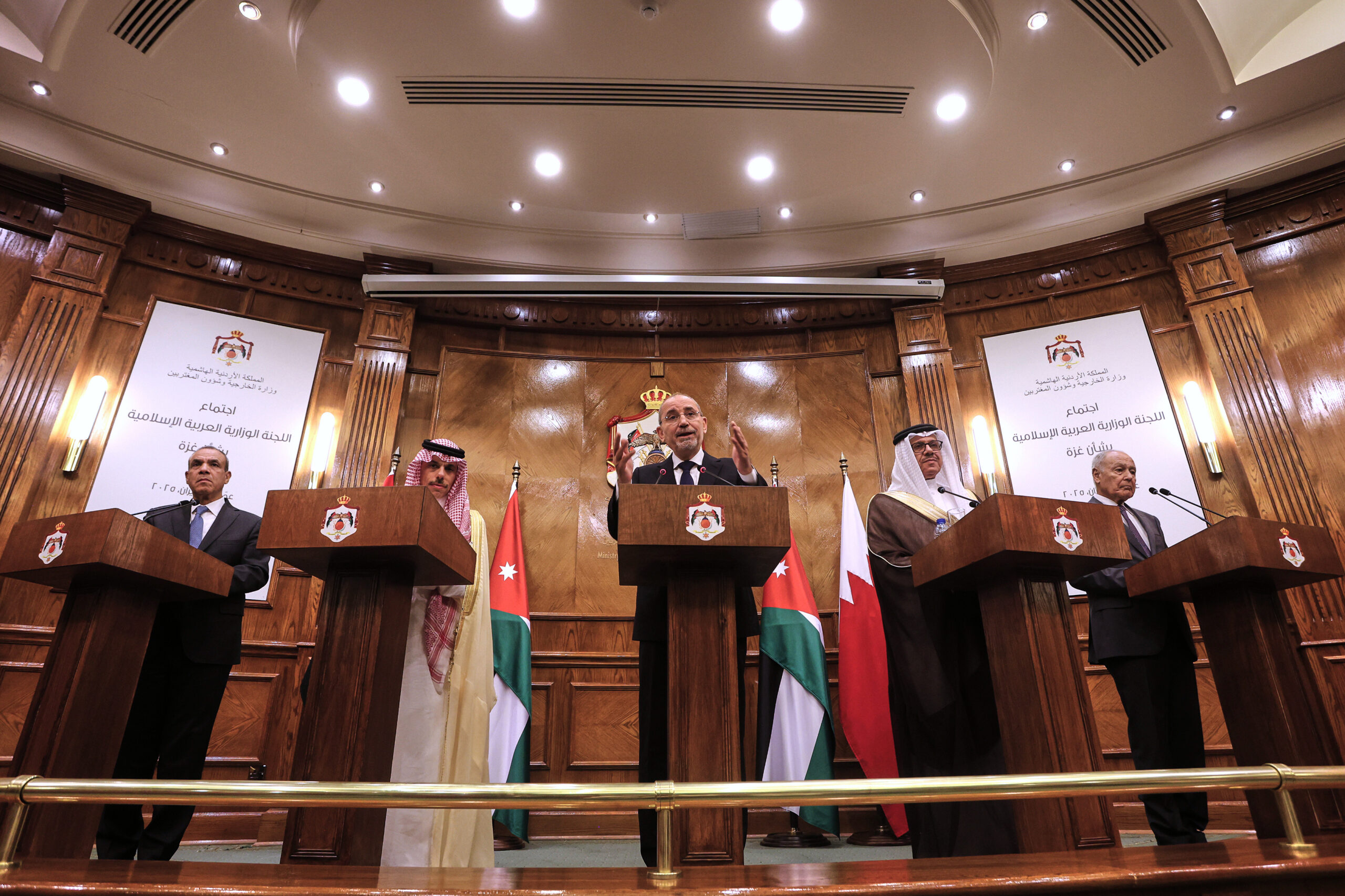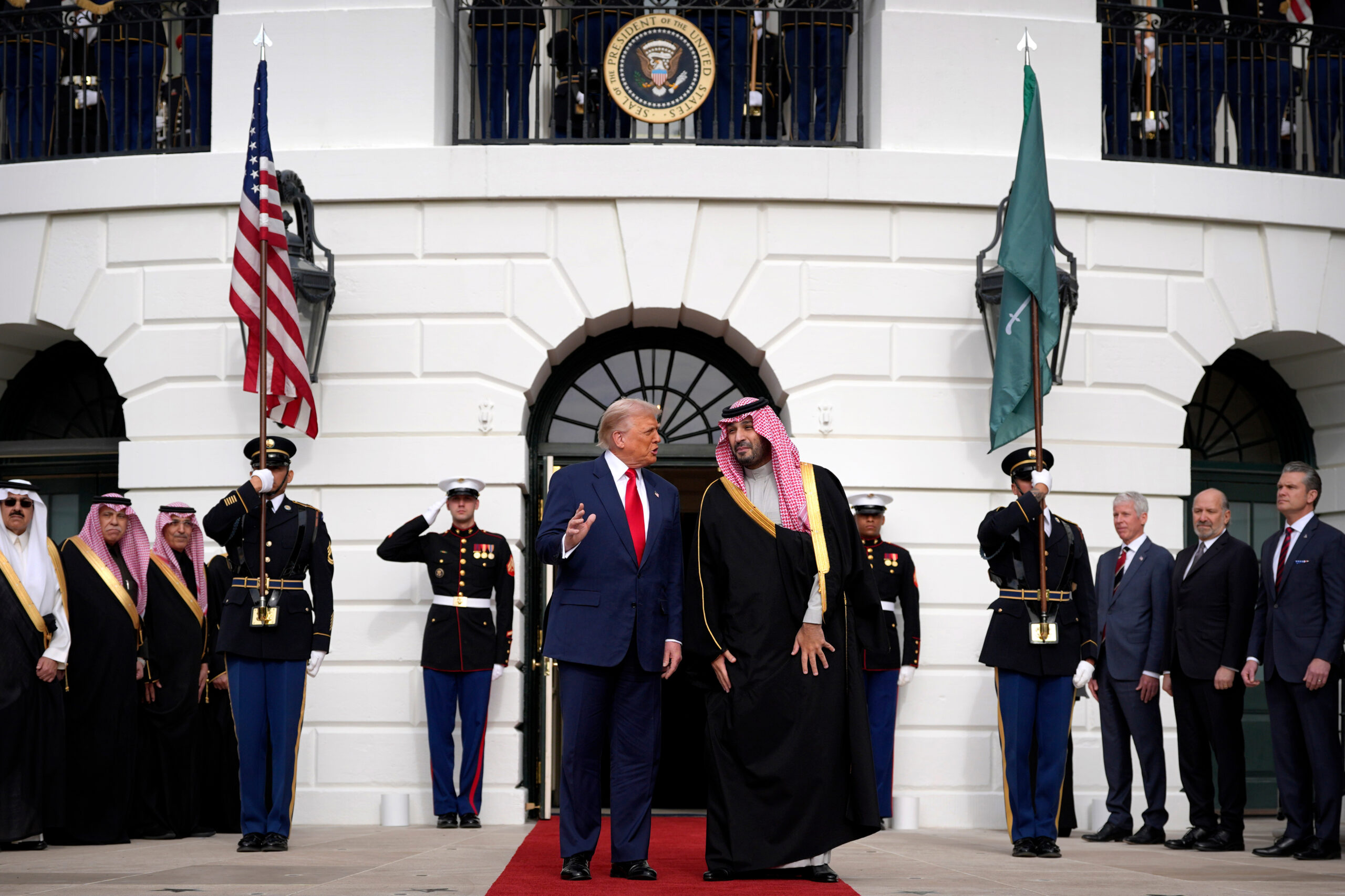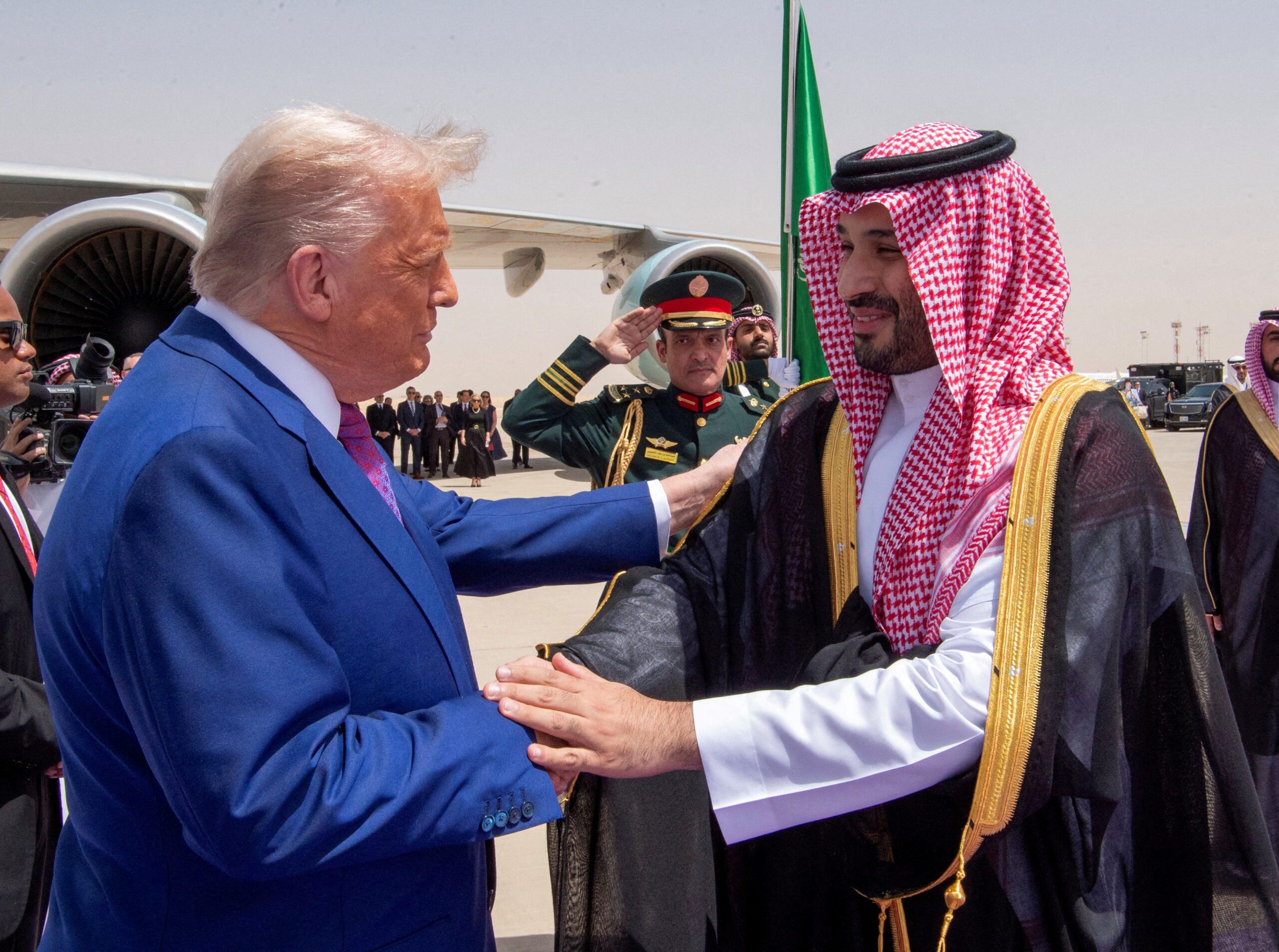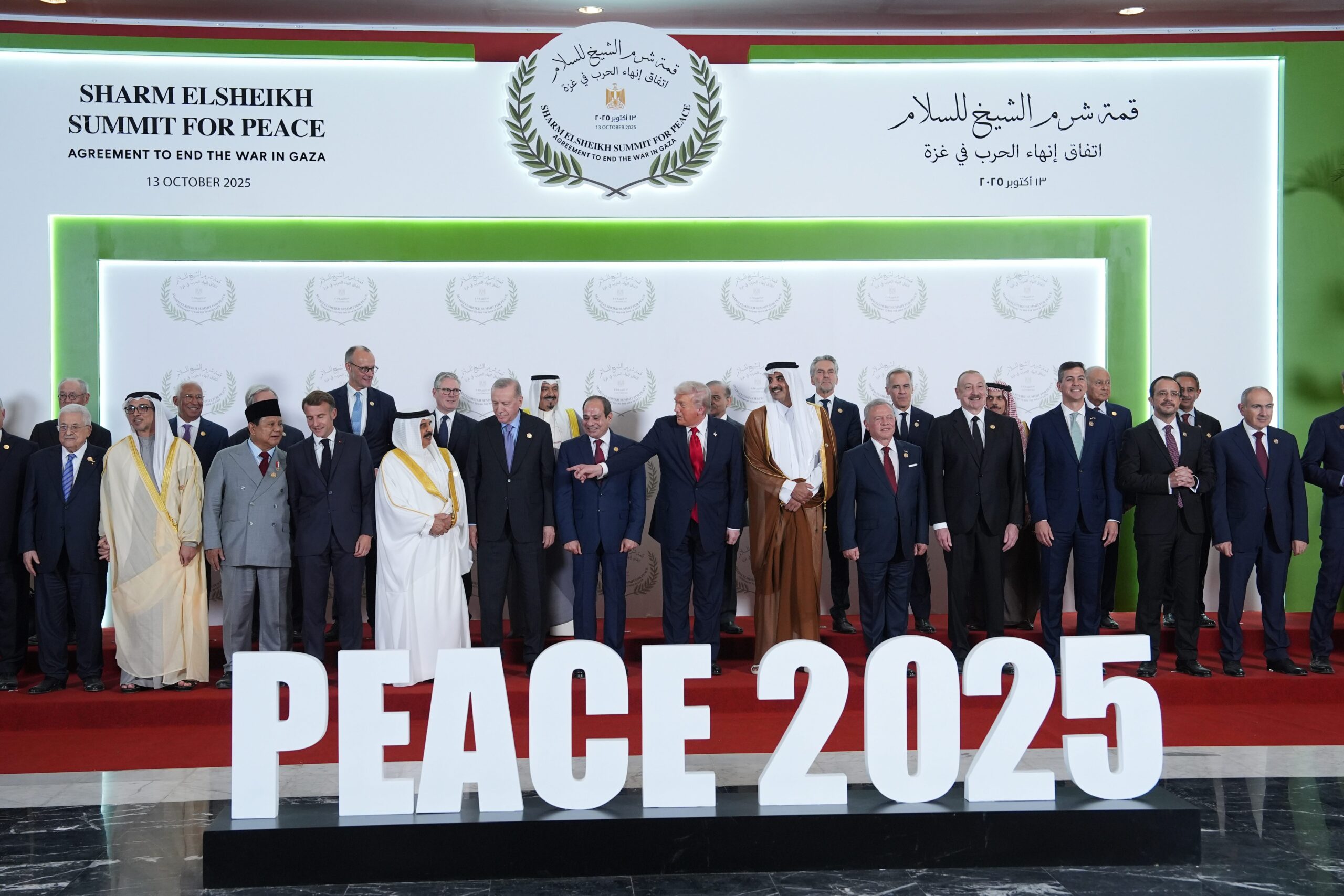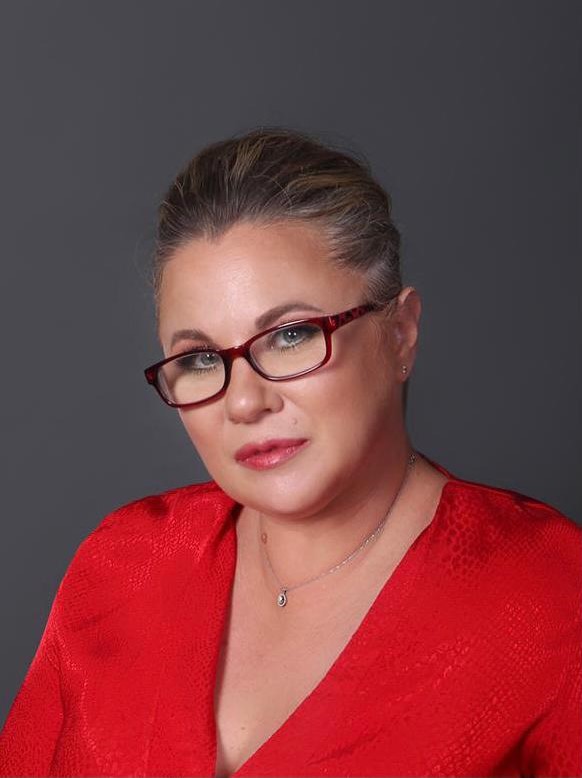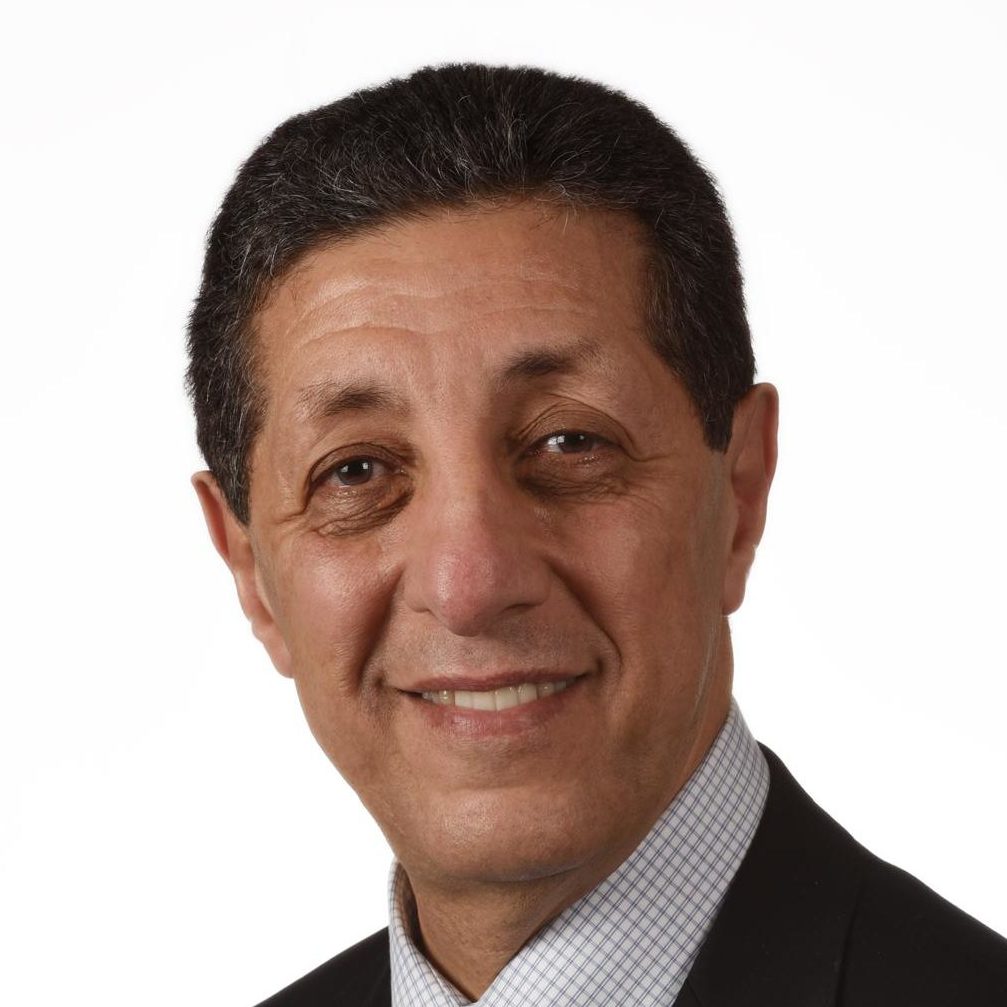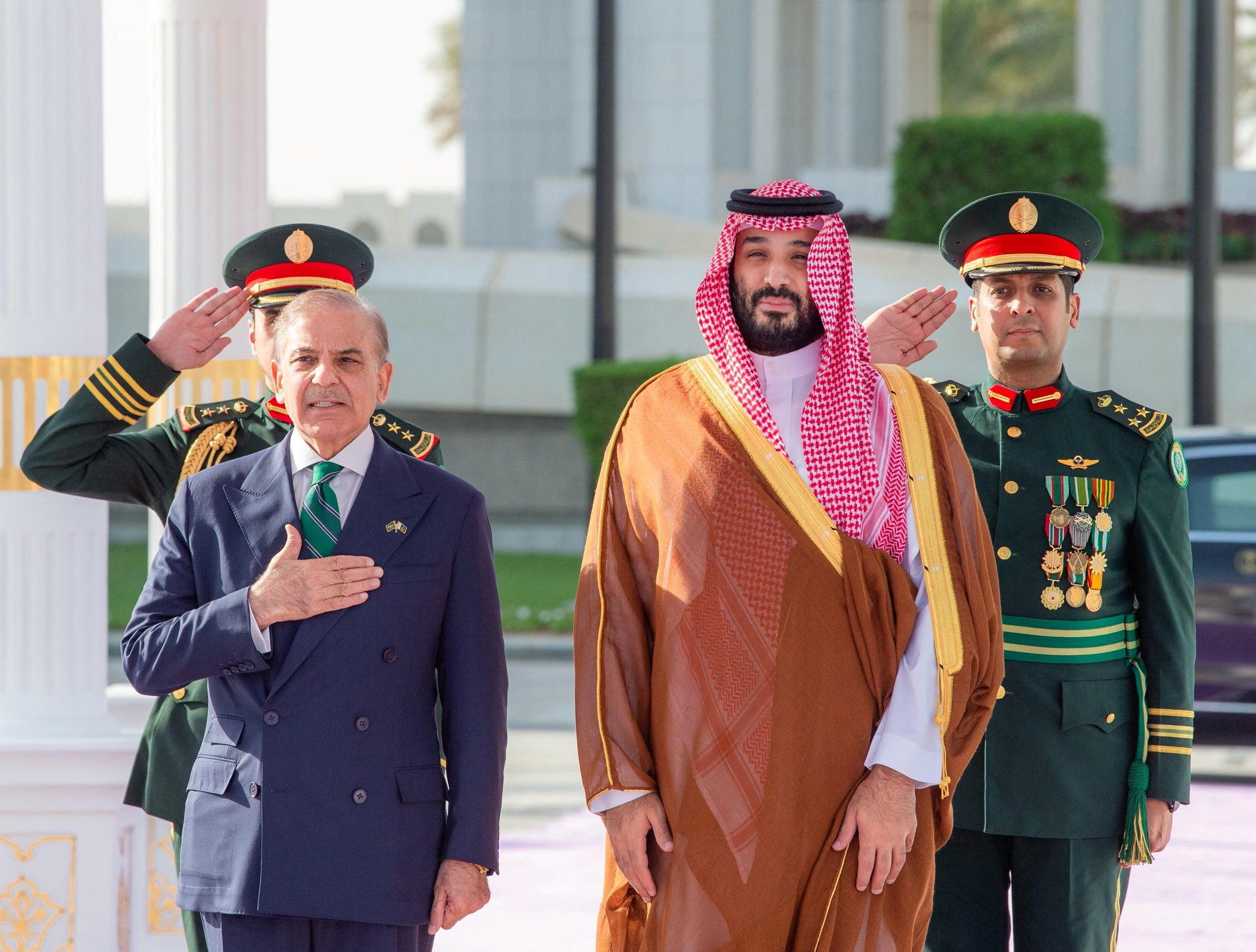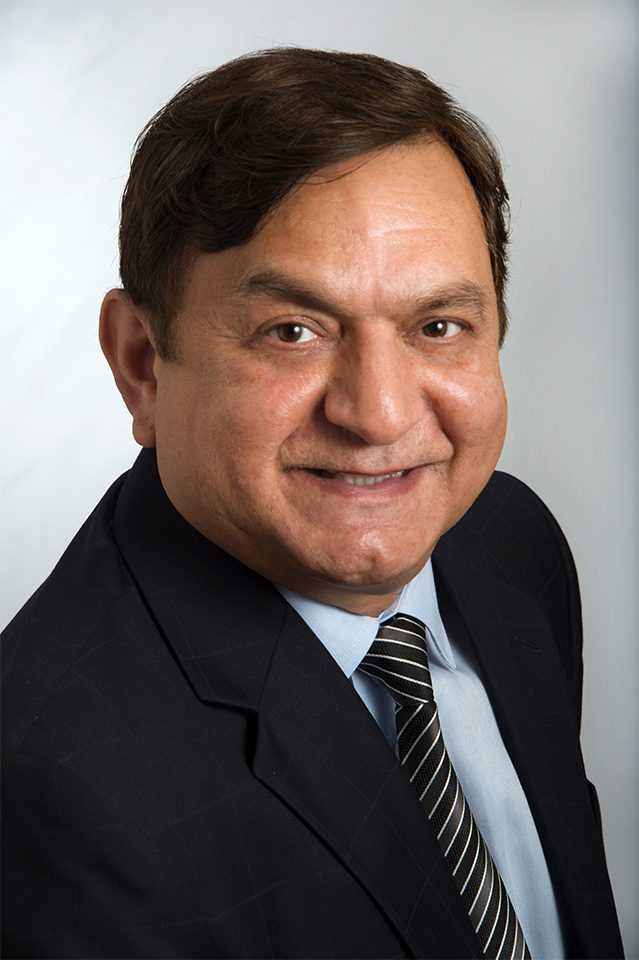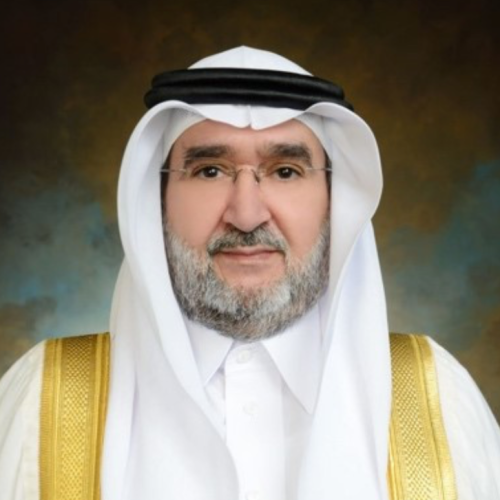The UAE and Saudi Arabia: The Partnership Endures Despite Oil Dispute
Long-standing but underappreciated differences between the UAE and Saudi Arabia are becoming more obvious, but their continuing shared interests remain decisive.
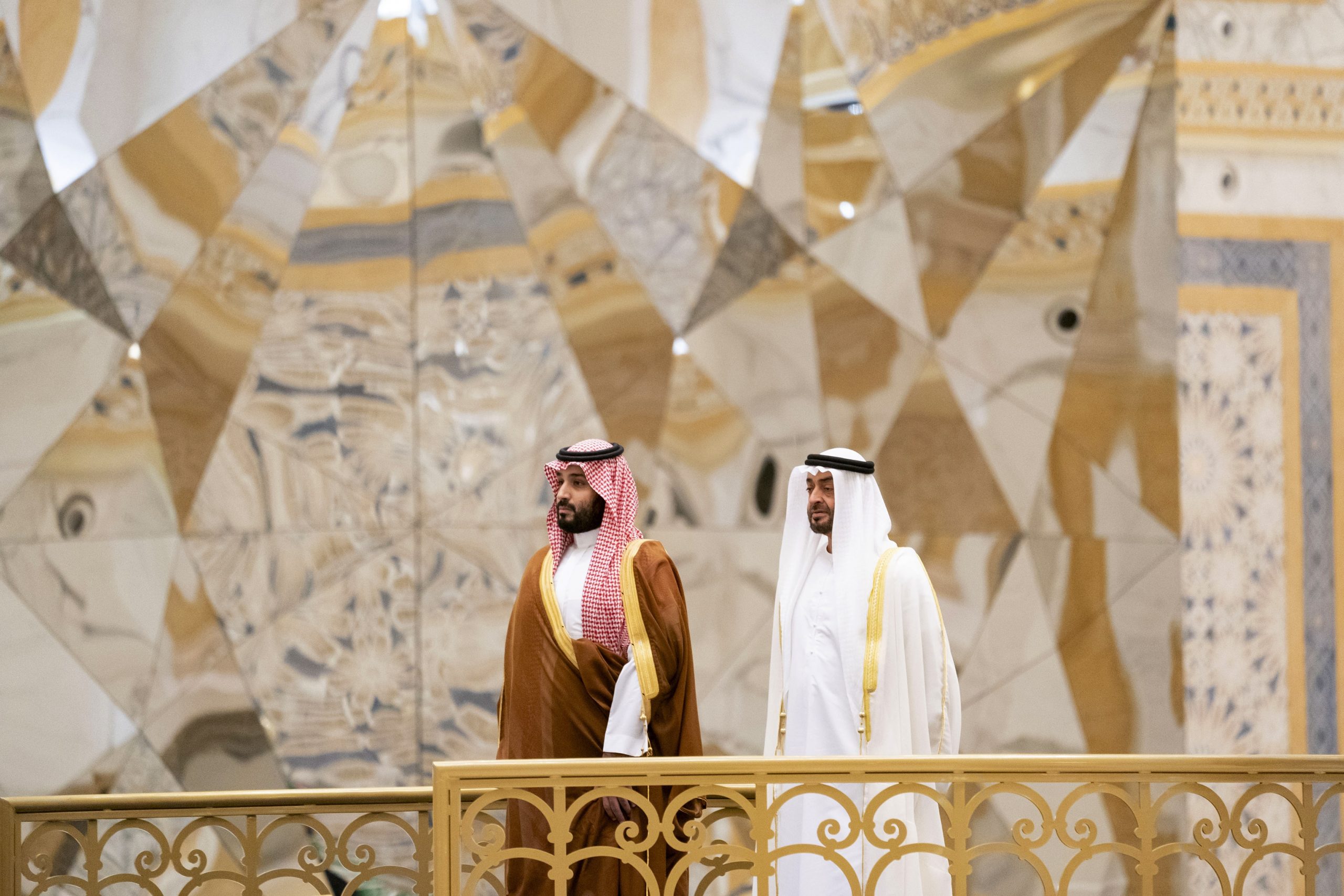
The ongoing spat between the United Arab Emirates and Saudi Arabia, in the context of a dispute over oil production among members of the OPEC+ alliance of producers, is being simultaneously overstated and underestimated in different quarters. The rift is real and significant. But the UAE and Saudi Arabia remain fundamentally affiliated at the regional and international level because they continue to share enough core interests to make them far more often partners than rivals. Yet the differences, some long-standing and others more recent, are significant. So, it’s essential to differentiate between what is and is not happening between these two crucial Gulf Arab powers.
Widespread surprise at the seemingly sudden disagreement between Abu Dhabi and Riyadh is rooted in misapprehension about the relationship between the two countries in recent decades. It has been a common assumption that the UAE and Saudi Arabia have effectively indistinguishable worldviews and interests – that the UAE is sort of an appendage or dependency of Saudi Arabia. That has never been the case.
A number of factors perpetuated this misconception, including the UAE’s determination in the 1990s and 2000s to make partnerships with Saudi Arabia and the United States the cornerstone of its national security strategy. Differences with Saudi Arabia were therefore contained or played down as a matter of policy.
Yet even at moments of maximum cooperation, such as the Saudi-led intervention in Yemen, the UAE and Saudi Arabia had overlapping but distinct goals and imperatives. Over time, these differences developed into a clear distinction between the Saudi-led war in the north against the Houthi rebels and a UAE-led effort to pacify the south, balancing among the United Nations-recognized Yemeni government, southern parties and militia groups (some of them secessionist leaning), and a complex battle against Al-Qaeda in the Arabian Peninsula. These separate wars became glaringly clear when the UAE began its phased military drawdown in Yemen in July 2019. The UAE had considerably more success in the southern theater than Saudi Arabia had in the northern one and concluded that continued direct engagement had reached the point of diminishing returns. Yet the UAE was at pains to insist that there was no real difference with Saudi Arabia, even though there clearly was, and Riyadh played along.
The widely circulated narrative that the de facto ruler of the UAE, Mohammed bin Zayed al-Nahyan, acts as a mentor to Saudi Crown Prince Mohammed bin Salman has also created confusion. This flawed characterization, which is at best an exaggerated caricature, asserted that, through force of personality, Mohammed bin Zayed, despite the UAE’s junior partner status, was often effectively pulling the strings in Riyadh. Not only was that incorrect, it almost certainly added to mutual suspicions, at least between the two leaders. The more complex reality is that, under King Salman bin Abdulaziz and Mohammed bin Salman, Saudi Arabia had moved considerably closer to the UAE ideologically in a broad rejection of Islamism as a political orientation among Muslims.
But this was not because of the charisma or personal influence of Mohammed bin Zayed. It was, rather, a strategic reassessment in Riyadh born out of Saudi Arabia’s own interests. And there were always obvious differences. Saudi Arabia cannot reject the interplay of religion and politics as the UAE tries to do, because even as it is shifting to a more populist and nationalist narrative, Saudi Arabia remains deeply invested in its Islamic history and Islam as a social and political text. This was also evident in Yemen where Riyadh saw the Islamist Islah Party as a major local partner while the UAE deeply distrusted the organization even when senior Emirati officials grudgingly agreed to meet with Islah leaders.
The UAE and Saudi Arabia have drifted further apart on regional alliances as well. Saudi Arabia has been engaging in a tentative rapprochement with Turkey, which the UAE views as the leader of a Sunni Islamist regional alliance that has the potential to rival Iran’s Shia Islamist network. Saudi Arabia has tended to see Ankara simply as another worrisome would-be regional hegemon and less of an ideological threat. The divisions between the UAE and Saudi Arabia on Turkey were evident when Saudi Arabia was on the brink of an agreement to end the boycott of Qatar. When the UAE discovered it would not be able to prevent a bilateral deal between Riyadh and Doha, it made a last-minute pitch for a broader Gulf Cooperation Council reconciliation, which was accomplished at a summit in Al Ula in January. Left to its own devices, the UAE may well have preferred to continue the boycott, which it largely viewed in ideological terms seeing Qatar as a key member of Turkey’s fledgling regional network.
These differences have also been evident regarding Iran and Israel. The UAE was quicker to open a dialogue with Iran, and has taken it further, than Saudi Arabia. This is partly because the UAE is much smaller and more vulnerable, particularly to missile attacks, than Saudi Arabia, but also because the UAE sees Iran as one of several regional threats, including Turkey, while Saudi Arabia continues to view Iran as uniquely menacing. Dubai’s long-standing, extensive commercial relationships with Iranian business entities may also have helped shape Abu Dhabi’s threat perceptions regarding Iran.
Saudi Arabia has been clear that it does not object to the UAE’s agreement to normalize relations with Israel, and even reportedly agreed to allow Bahrain, over which Riyadh has substantial sway, to follow suit. But Riyadh has been careful to keep its options open and is weighing the advantages and disadvantages to any such move on its own part. One of the most significant differences here is that Saudi Arabia has regional Arab and global Islamic leadership roles the UAE simply does not. The UAE can act strictly in its own interests with little regard for other constituencies, while Saudi Arabia, sometimes to its own frustration, cannot.
The biggest difference, though, is the one that has given rise to the current OPEC+ dispute. The UAE is much further along than Saudi Arabia in developing the framework for a post-oil economy. Saudi Arabia and Russia, amid several bitter spats, have been using OPEC+ to manage oil pricing, regulating production to benefit their own economies. The UAE has long been seething that it hasn’t been consulted properly and that its concerns are not reflected in production limits. Indeed, while many other oil-producing countries seek to manage pricing over the long run, the UAE wants to monetize its natural resources as quickly as possible to help drive the transition away from a petroleum-based economy. The current OPEC+ arrangement, therefore, isn’t working for Abu Dhabi, and while most analysts seem to think a short-term deal can be struck, these economic differences make it possible to imagine the UAE actually leaving OPEC altogether to free itself from production limitations. It is also easy, however, to appreciate the risks Abu Dhabi could encounter trying to maneuver outside of an OPEC framework, risks that inject a degree of caution into Emirati decision making about any actual exit, as opposed to brinksmanship as a negotiating strategy.
The divisions between the UAE and Saudi Arabia are real and significant, and they have the potential over time to grow into deeper rifts. But any rivals or antagonists hoping that this is the end of the Abu Dhabi- Riyadh partnership may be disappointed. On most issues, at a fundamental level the UAE and Saudi Arabia have broadly compatible goals and can reinforce each other with complementary capabilities. Both are also still within a broad-based pro-United States camp. And, while they see the threats somewhat differently, both have the same major concerns: Iran and its network of regional proxies, Turkey and its budding regional alliance, and the continued threat of extremist and terrorist groups. In a region divided between status quo powers and revisionist forces, the UAE and Saudi Arabia are strongly in the status quo camp.
Economic concerns are often sufficient to draw out and amplify disputes between normally cooperative partners. And there is a fundamental incompatibility between the way the UAE and Saudi Arabia want to manage their energy resources. That’s likely to continue to fuel disagreements. But, even with the various other differences, it is very unlikely to lead to a bitter alienation such as was the case with the dispute with Qatar.
The current dispute is in part the result of a maturation process among Gulf Arab countries. It is quite normal for allied countries to have disagreements that do not rupture their underlying partnership, and economic differences are a typical source. For example, there have been repeated bitter trade quarrels between the United States and Canada. The UAE has been emerging as a more capable international player, and, to some extent, its current willingness to openly quarrel with Saudi Arabia is a function of its growing power. Under such circumstances, long-standing differences are becoming more obvious. But that does not constitute a real break between the UAE and Saudi Arabia or mean the ensuing death of this partnership.
The views represented herein are the author's or speaker's own and do not necessarily reflect the views of AGSI, its staff, or its board of directors.

